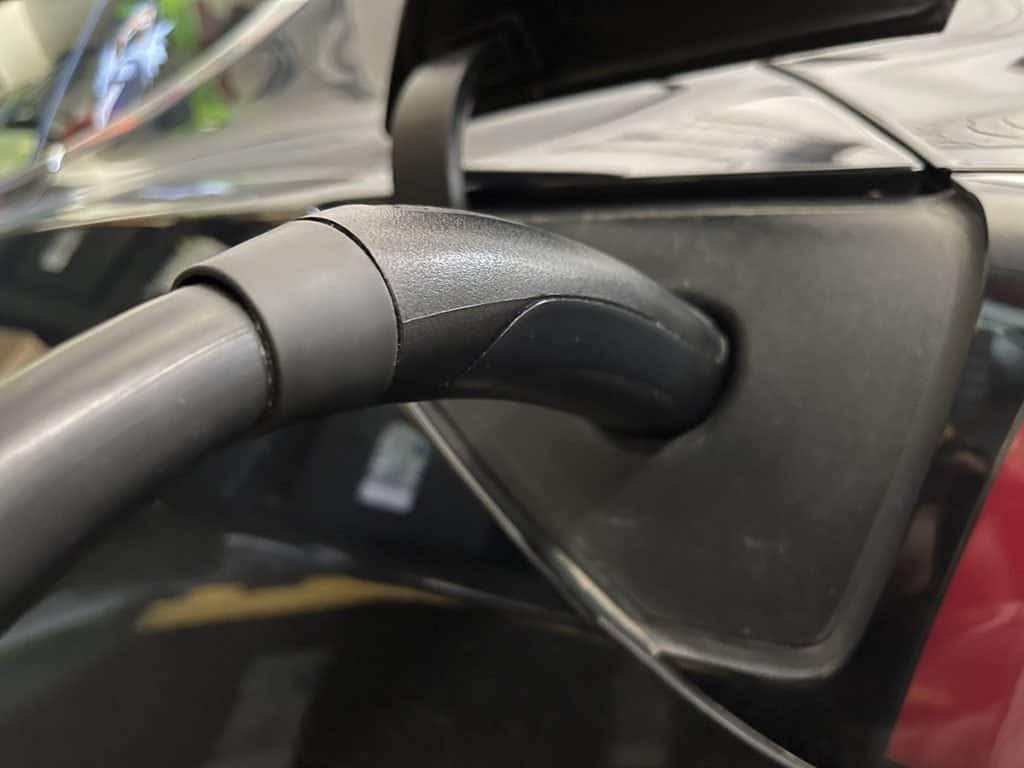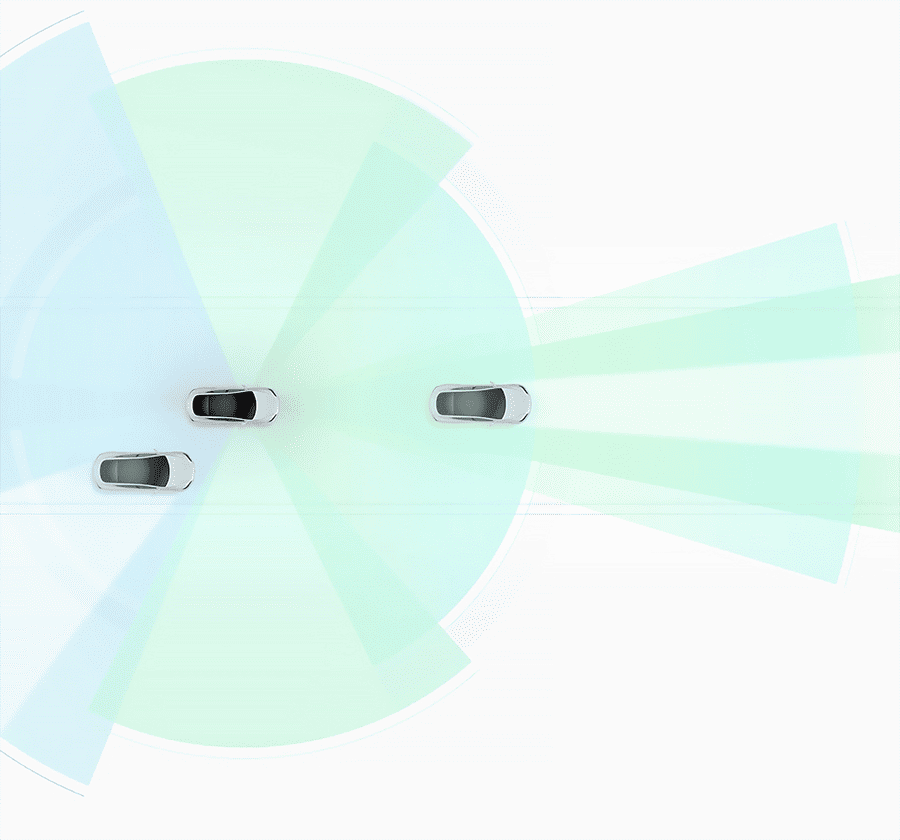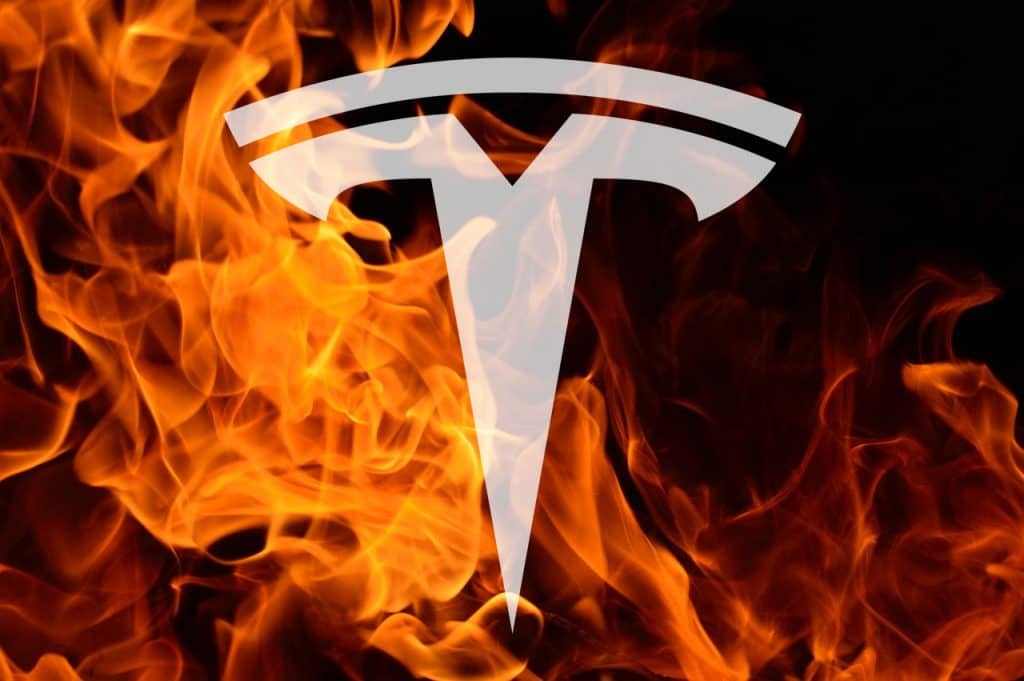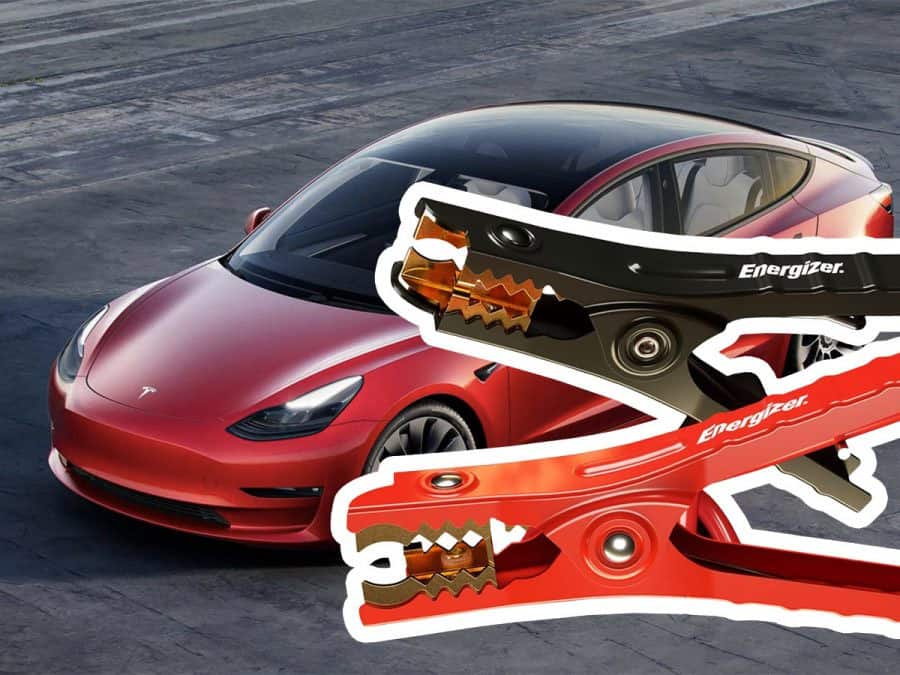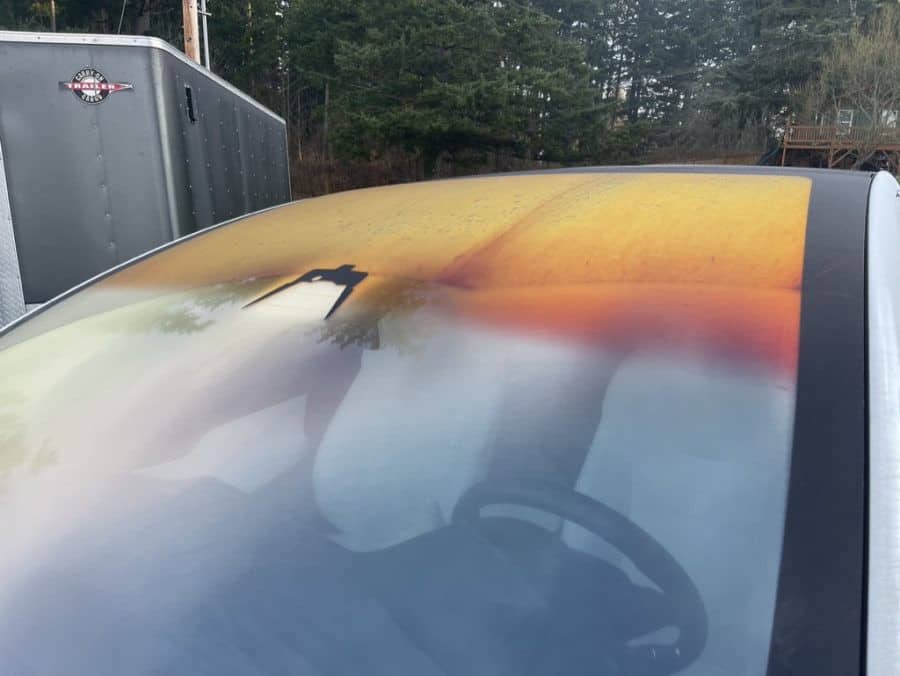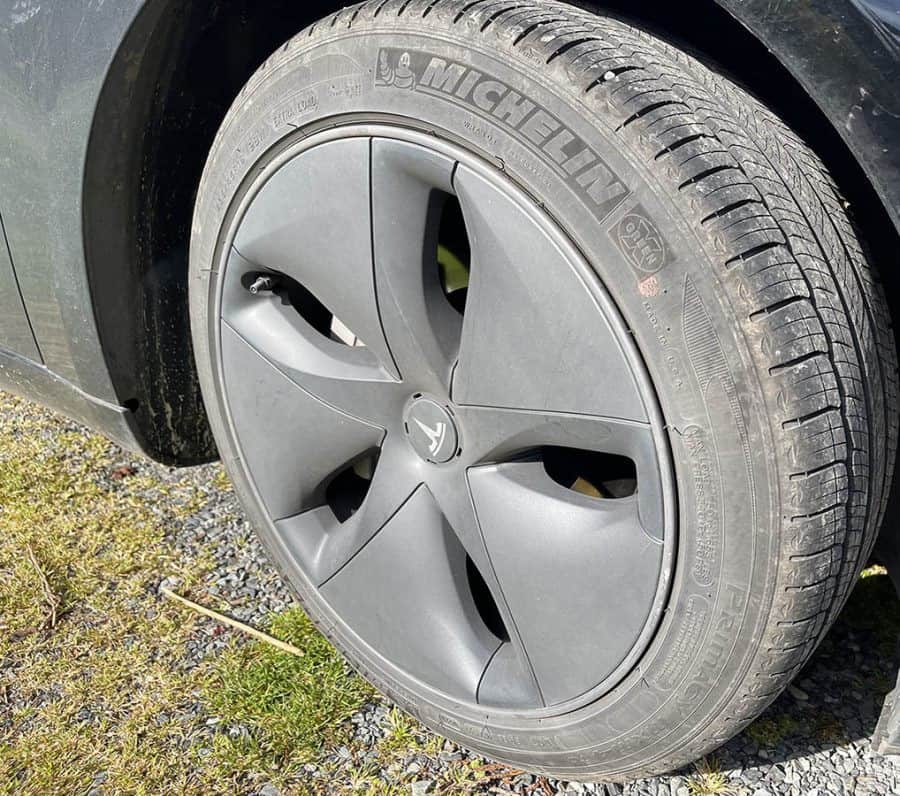How Expensive is it to Maintain a Tesla?
Whether it is to try to reduce their carbon footprint or the stylish looks of a Tesla, people all over the country have started to buy them. This begs the question, are they economical enough to offset the price of the car? Also, how expensive is it to maintain one? Tesla cars, since they are electronic, require less maintenance per year than gas vehicles, which reduces the overall cost of owning one. For those who purchase a Tesla, the average yearly maintenance cost is under $500 per year, depending on exactly how old the vehicle is and what it requires. The true cost varies based on your specific Tesla and its needs. For instance, if you have a new Tesla, like with any new vehicle, it requires less maintenance overall. However, while everyone has some idea of what a gas car needs when it comes to maintenance, not everyone knows what an electric car needs, so read on to find out. General Maintenance Tesla vehicles are unique because they are electric and do not require some of the same maintenance as a normal gas motor car. For instance, oil changes, fuel filters, and exhaust systems do not exist on these vehicles, which lowers the yearly maintenance costs significantly compared to a regular car. If you are curious about what needs to be maintained and how often, Tesla lists their recommended maintenance on their website as: Recommended Maintenance Recommended Intervals Cabin Air Filter Every Two Years HEPA Filter Every Three Years Tire Rotation, Balance, Alignment Every 6,250 Miles Brake Fluid Test Test Every Two Years Air Conditioning Service Varies on Model Winter Care Brake System Cleaned and Lubricated Every Year Cabin Air Filter Like a traditional vehicle, the cabin air filter for the Tesla works to take any pollen, dust, or other debris before it enters the cabin of the vehicle. Over time, these filters tend to get full and wear out, causing a blockage. As a result, Tesla recommends that the cabin air filter be changed out every two years to prevent any overall decrease in performance of your vehicle. The cost of the filter varies depending on which model Tesla you own. Remember that Tesla recommends replacing these filters every two years. Whether you replace them more or less often is up to you. Tesla leaves the option up to the owner to determine the need for following the recommended guidelines. In most cases, Tesla does not make it a condition of maintaining the warranty on the vehicle. However, if you have an extended warranty on your vehicle, refusal to get the recommended services completed may cause you to have issues with the extended warranty. HEPA Air Filter Tesla decided in 2016 to add a High-Efficiency Particulate Air Filter (HEPA) in their vehicles to further reduce the chances of pollutants from entering or remaining inside a vehicle. The HEPA filter design that Tesla uses is based, according to them, on the ones used in hospitals and clean rooms throughout the nation. The HEPA air filter is only present in the Model S, Model 3, and Model Y and is available to be added as an upgrade to Model X. The prices differ depending on the vehicle: Tesla recommends replacing the HEPA filter every three years to ensure proper function. As stated above, this is a recommendation and does not mean that you need to do it. However, if you decide not to, as with any other recommended maintenance, if you have an extended warranty, coverage could be reduced if you do not. Tesla touts that their HEPA system cleans out any pollution that may enter the vehicle, making it safer in higher polluted areas. Additionally, Tesla claims that the HEPA system also cleans the air outside of the vehicle. Tire Rotation, Balance, Alignment Tire maintenance is routine on any vehicle, regardless of whether it has a traditional motor or is electric. However, Tesla only recommends that the tires on their vehicles be rotated, balanced, and aligned every 6,250 miles on average. Of course, you should adjust this based upon the terrain of the area you live in and how you drive your vehicle. For example, if you live in an area with potholes, the odds are that you will have to have this performed more often. The average cost of rotating, balancing, and aligning tires on any vehicle will cost anywhere from $35 to $150, depending on exactly what you are getting done and where you have the service performed. Tesla recommends that you complete these services at one of their authorized Tire Centers. However, you can have these services done at any tire company. Brake Fluid Test The brake fluid in any vehicle degrades over time, and that remains the same for Tesla vehicles. However, instead of recommending that you change brake fluid at certain intervals, Tesla recommends that the fluid be checked for contaminants every two years to determine if it needs to be changed. You can have the check done by taking the vehicle to a Tesla Service Center or any brake shop that has the capability of checking the fluid. Additionally, there are products out there that enable you to check the fluid yourself for any breakdown or contaminants. Items to check the brake fluid, like test strips, can be purchased from Amazon. Prices range from around $20 up to about $90 for those who want to do the job themselves. Keep in mind that if you decide to do it yourself, you also need to check the fluid in the brake caliper to ensure the same reading. If you choose to have the job done at a business, know that the cost will be anywhere from $70 to $150, depending on where you get the work done. Performing this service is necessary to ensure that the fluid is sufficient to allow for proper braking. Air Conditioning Service Tesla recommends that you get the air conditioning serviced every few years, depending on the model.
How Expensive is it to Maintain a Tesla? Read More »



